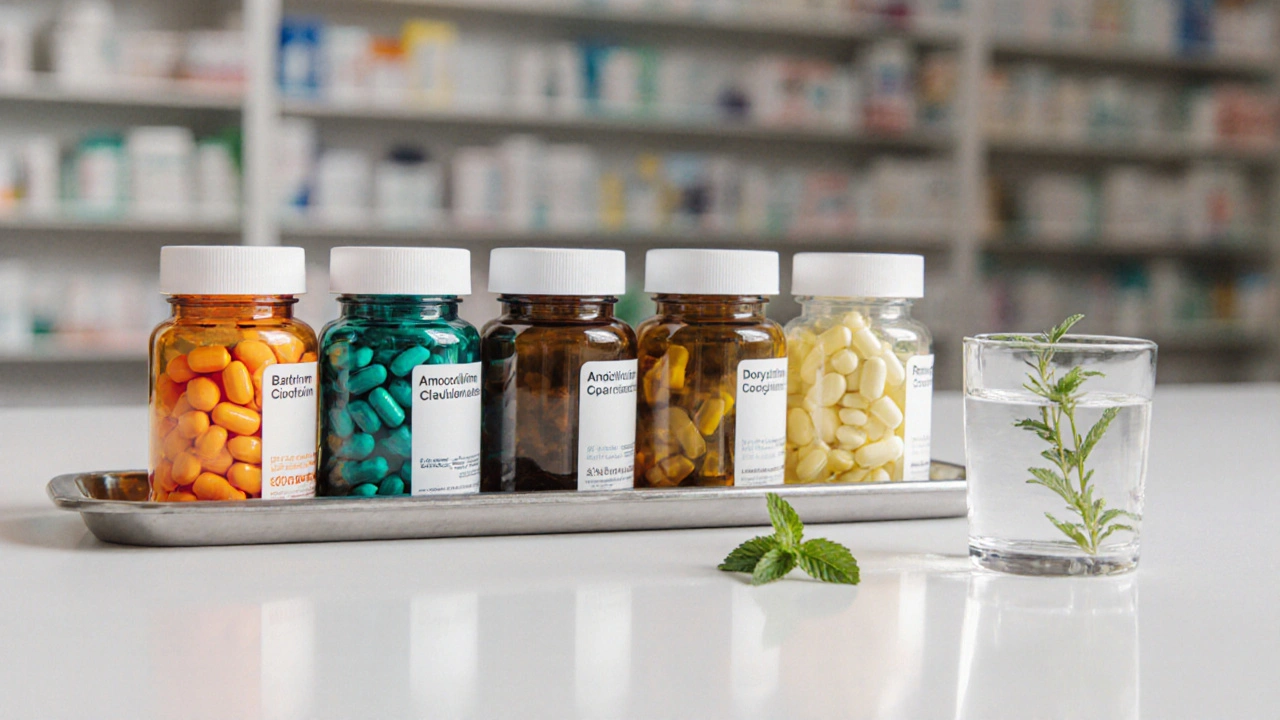Antibiotic Alternatives: Natural and Non-Drug Options That Actually Work
When you have a mild infection, you might not need an antibiotic, a medication designed to kill or slow the growth of bacteria. Also known as antibacterial drugs, antibiotics are powerful—but they’re not always the right first step. Overuse has led to antibiotic resistance, a growing global health threat where bacteria no longer respond to common drugs. That’s why more people are turning to antibiotic alternatives, natural or non-pharmaceutical methods that support the body’s ability to fight infection. These aren’t magic fixes, but they can help when used correctly—and they often come with fewer side effects.
Many of the best antibiotic alternatives focus on strengthening your body’s own defenses. For example, probiotics, live beneficial bacteria that restore gut balance have been shown in clinical studies to reduce the risk of antibiotic-associated diarrhea and even help prevent certain infections. antimicrobial herbs, plants like garlic, oregano, and turmeric with natural antibacterial properties have been used for centuries and are now backed by modern research. Garlic, for instance, contains allicin, a compound that can inhibit bacterial growth. You won’t replace a strong antibiotic with a clove of garlic, but for minor skin irritations or early signs of a cold, these can make a real difference. Other options include honey (especially medical-grade Manuka), colloidal silver (with caution), and even certain essential oils when used properly and diluted.
It’s not just about swapping one thing for another. The real shift is in mindset: treating the body as a system, not just targeting the bug. That’s why many of the posts in this collection focus on practical, real-world choices. You’ll find guides on using cefadroxil, a prescribed antibiotic for skin infections when it’s truly needed, and how it compares to gentler options. Others explore how ampicillin, a broad-spectrum antibiotic used in vulnerable patients fits into broader treatment plans, and why sometimes, the best move is to support recovery with nutrition, rest, and natural aids instead of jumping to drugs. Even skin care for yeast-prone skin or liver-supporting herbs like Liv.52 tie into this bigger picture—your body’s resilience starts from within.
What you’ll find here isn’t a list of miracle cures. It’s a collection of clear, honest comparisons—what works, what doesn’t, and when to call a doctor instead of reaching for a supplement. Whether you’re trying to avoid antibiotics after a bad experience, worried about side effects, or just looking for smarter ways to stay healthy, these guides give you the facts without the hype. No fluff. No fearmongering. Just what you need to make smarter choices for your health.
A concise, human‑focused comparison of Bactrim with five common oral antibiotics, covering effectiveness, side effects, resistance, and how to choose the right option.

